
Scott Thomson
Acoustic Orienteering (Guelph)
Scott Thomson has composed a series of conceptually related pieces with the aim to animate public spaces with music and to create a provocatively unconventional relationship between musicians and their audience. His scores are not merely graphic in nature; they are cartographic. In essence, he uses maps to define spatial and temporal relationships between musicians, and between musicians and listeners. While most music scores prescribe acoustic activities while leaving performance contexts undefined (or defined, by default, through convention), Thomson’s cartographic scores propose how players and/or listeners move, while leaving the musical content up to the skilled improvisers for whom the pieces are composed. Typically, he creates a context in which listeners cannot hear all of the music and thus, must choose whom they wish to hear, using the score (which doubles as an event program) as a guide, though a more serendipitous experience of the works without reference to the score is equally appealing. This performance dynamic grants audience members agency that mirrors the decision-making process that improvising musicians engage in performance.
The first in the series, MUSIC(in)GALLERIES (annually since 2006), takes place in dozens of store-front art galleries along a two-kilometre stretch of Queen Street West, Toronto. The piece begins with a twenty-minute set by a small group in the easternmost gallery, with new groups starting at ten-minute intervals so that the sets always overlap. With neither admission costs nor concert seating in the galleries, the piece creates a linear, gallery-crawl momentum. Arborienteering (2007) is related to MUSIC(in)GALLERIES, and features eight musicians playing short, overlapping solos under different trees in Dufferin Grove Park, Toronto. The score includes field-guide-type information about the trees in question (foliage, bark, etc.) and a map that shows how the players are dispersed throughout the park.
Acoustic Orienteering (featured here in its third version) was first commissioned by the AlleyJaunt Visual Arts Festival, Toronto, in 2007. The piece has musicians moving according to a map route and time index. Each performer has a different route but, inevitably, routes intersect and converging players may play together before completing their route-part. At the AlleyJaunt Festival, six players travelled the alleyways behind houses in a West Toronto neighbourhood. At the 2008 Sound Symposium in Newfoundland, twelve players played through the Georgestown neighbourhood of St. John’s.
Terpsichorienteering (2009) is a co-composition with choreographer, Susanna Hood, for twelve musicians and dancers in the galleries and corridors of the 401 Richmond Building, Toronto. In essence, the piece combines the concepts of MUSIC(in)GALLERIES and Acoustic Orienteering in a site-specific way and adapts them to apply not only to music-making but also to dance.
At the time of writing, Thomson is working on two commissions: Sonorienteering is for Western Front New Music, Vancouver, and will première during Thomson’s two-week engagement as Composer-in-Residence in September 2009; Belgorientation: Musique et Danse will feature thirty musicians and dancers in the galleries and corridors of the Belgo Building, Montréal, to celebrate the thirtieth anniversary of Productions Supermusique in October, 2009.
The Score
The score for Acoustic Orienteering (Guelph) (created with visual artist, Michelangelo Iaffaldano) is a series of fifteen transparent sheets that can be overlaid in different combinations on a map of downtown Guelph. The piece was prepared for the Guelph Jazz Festival where it will be performed by Lina Allemano (trumpet), Gordon Allen (trumpet), Allison Cameron (small things), Jean Derome (woodwinds), Christine Duncan (voice), Paul Dutton (voice), Tania Gill (melodica), Joane Hétu (saxophone), Michael Keith (guitar), Jean Martin (trumophone), Nicole Rampersaud (trumpet), Evan Shaw (saxophone), Casey Sokol (accordion), Doug Tielli (trombone), and Tom Walsh (trombone).
The players will follow their routes at a slow and steady pace for the forty-five minute duration of the piece; they will be free to play whatever music they wish. Though each player starts and finishes the piece alone, the routes are designed to overlap. Thus, if the musicians follow the score correctly (i.e. they read and follow the map correctly) then they will meet in intriguing acoustic spaces where they are invited to play together for a minute or two. Thomson has factored time into each part so that these duets and trios can take place without the musicians falling behind in their parts; so long as the players stay fairly on time and on course, then they will be performing Acoustic Orienteering (Guelph) accurately.
The audience for Acoustic Orienteering (Guelph), faced with the impossibility of hearing all of the music that is played, must choose how to experience the piece. At the Guelph Jazz Festival, user-friendly, photocopied scores will be available to listeners, who may use it to trace a particular musician’s route, predict interesting points of intersection, or find a particularly ‘high traffic’ location to see and hear who passes by. However, a score-free, meandering, and serendipitous approach to listening can be equally effective and is no less encouraged.
Summary
Thomson’s cartographic scores indicate to musicians and audience where and when music is to be made, but not what music is to be made. John Zorn’s game pieces like Lacrosse and Cobra, the spatial dynamics built into in Karlheinz Stockhausen’s Licht, and the logic of travel (both actual and metaphorical) in Anthony Braxton’s ‘Tri-Centric’ modeling are all direct influences on this series. These pieces celebrate mobility and encourage playful, honest responses from both musicians and audiences. Any listener who has sat respectfully through improvised music performances and has wondered with growing impatience when the musicians would be done should relish the agency that these pieces foster.
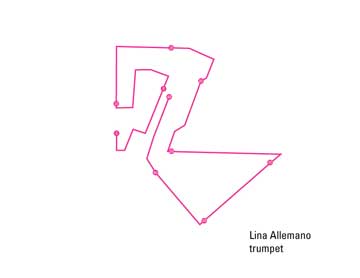
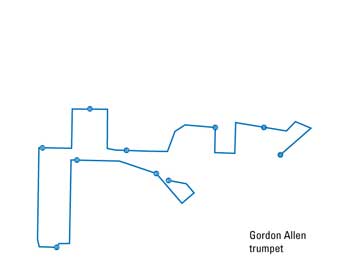
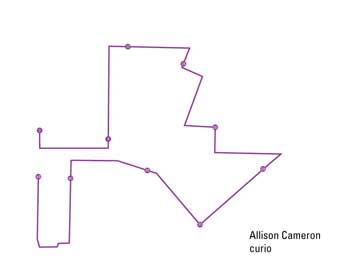
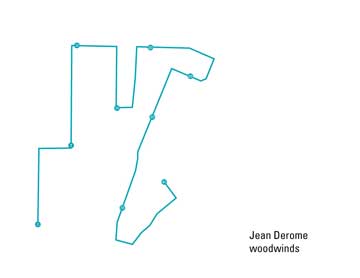
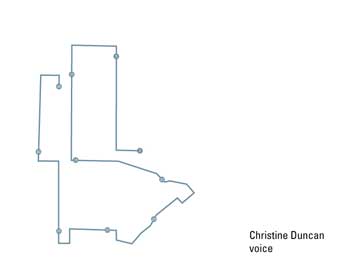
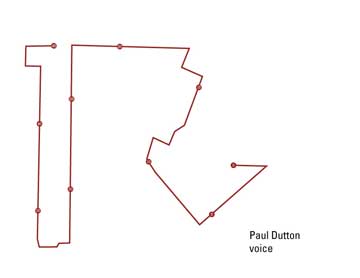
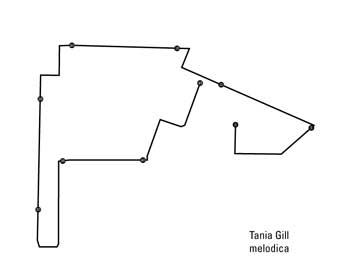
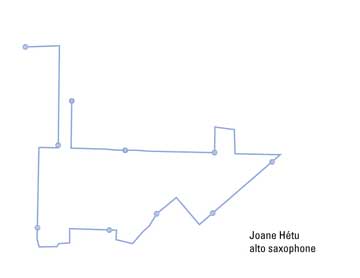
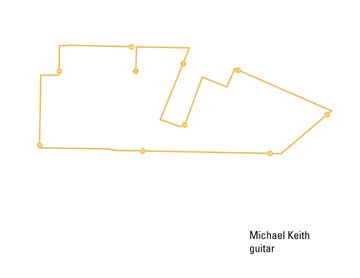
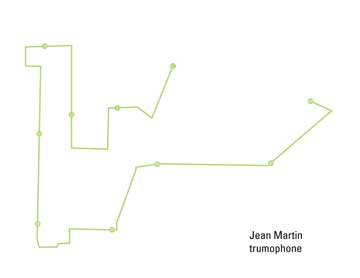
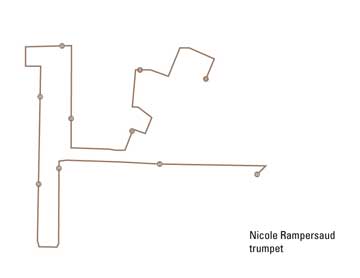
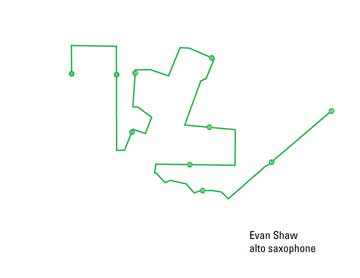
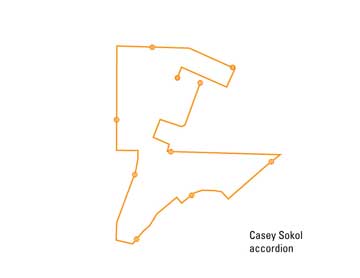
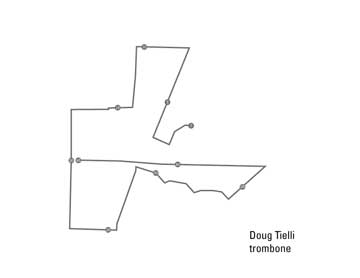
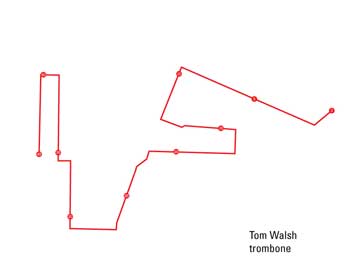
 English |
English |